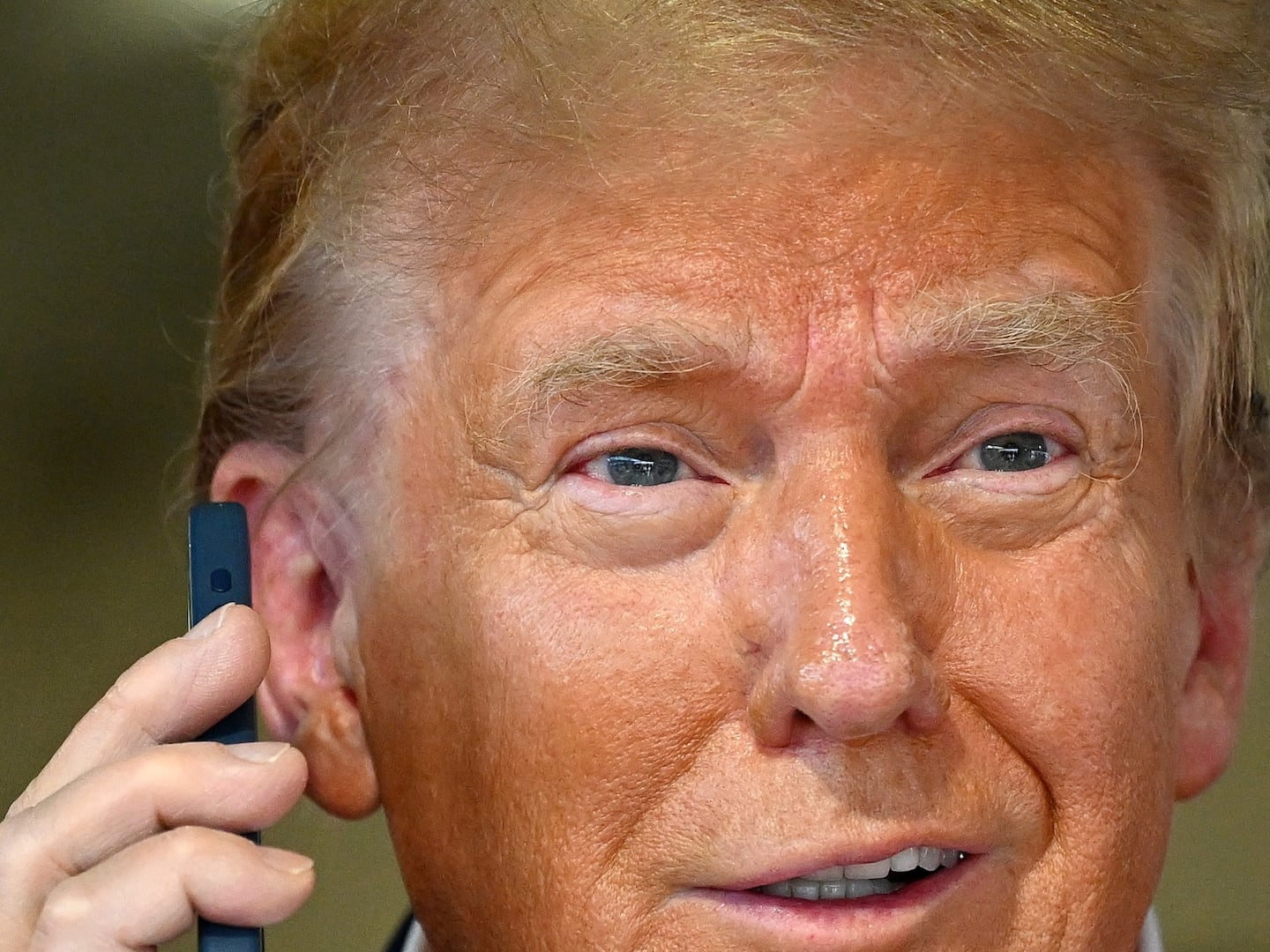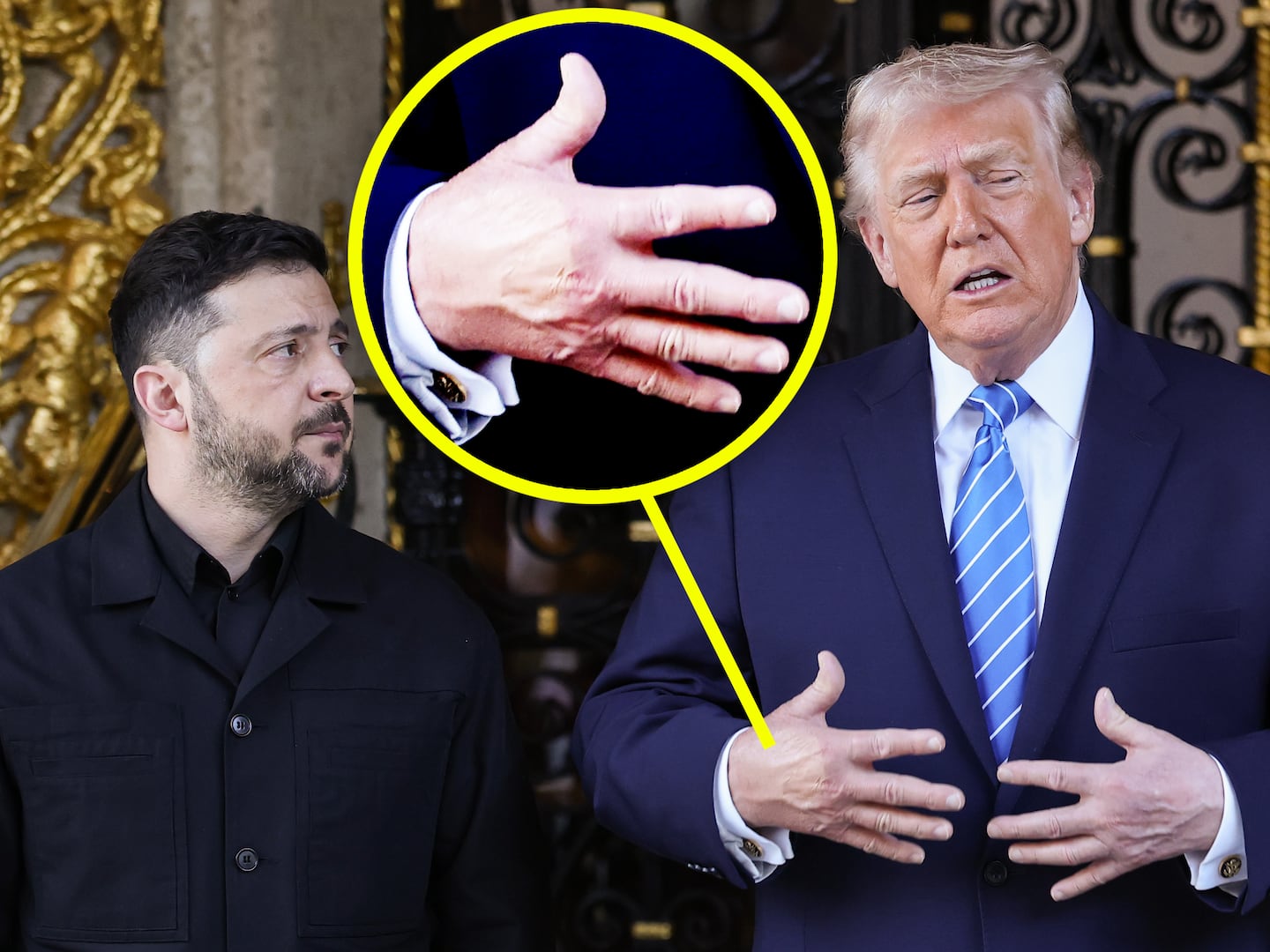Singapore may be showing us the surprising way the pandemic could end in certain countries: with a surge in cases as the last restrictions on gatherings, businesses and schools finally lift, but a wall of immunity that prevents those cases from landing in the hospital—or, worse, the morgue.
But there’s a caveat. It might be difficult for countries with big anti-vaccine populations to duplicate Singapore’s approach, the United States included. Before reopening, Singapore vaccinated 83 percent of its 5.7 million people. That’s 94 percent of the population over 12 years of age. The health ministry hasn’t yet approved under-12s for the vaccines.
Just over half of Americans are fully vaccinated.
It was only after vaccinating nearly every eligible resident that the Singapore government got comfortable treating the novel coronavirus as “endemic”—that is, ever-present but manageable with few restrictions. And it’s not like the authorities lifted all public health measures overnight. “We are undergoing a gradual transition toward endemicity,” Dale Fisher, group chief of medicine at Singapore’s National University Health System, told The Daily Beast.
A tiny island city-state butting up against Malaysia, Singapore was uniquely positioned to weather the initial waves of COVID. Wealthy, highly educated with a strong central government and an efficient health-care system, the country was able to close its borders and enforce strong public health measures. Schools went virtual. Work-from-home was the national standard. There was a strict quarantine rule and a thorough contact-tracing system.
As a result, COVID barely registered in Singapore in 2020. During the worst of the initial wave, the country counted just a thousand cases a day. After a small uptick in cases in the later summer last year, the virus all but disappeared from the city-state.
And when high-quality vaccines first became available in December 2020, the government leaped into action. Singapore was the first country in Asia to approve a major vaccine. The Singapore health ministry greenlit Pfizer’s two-dose messenger-RNA vaccine in mid-December, right after the United States did.
But in contrast to the U.S., where the vaccination rate briefly surged then dropped off—a lot—Singapore steadily vaccinated almost everyone who was eligible. The health ministry might authorize jabs for under-12s soon, Alex Cook, an associate professor in the Saw Swee Hock School of Public Health at the National University of Singapore, told The Daily Beast.
Officials and parents have been tracking “with keen interest” the U.S. Food and Drug Administration’s own recent emergency-use authorization for kids under 12 to get the Pfizer vaccine, Cook said. Once kids under 12 can get jabbed, expect Singapore to move swiftly toward vaccinating practically everyone in the country.
Strong mandates help to explain the stellar vaccination record. The government has required proof of vaccination to enter malls and restaurants. A new workplace mandate—get vaccinated or stay out of the office—goes into force in January.
Health officials hoped that strict vaccination rules would allow the government to slowly loosen other restrictions without getting a lot of people sick. Schools reopened this fall. Travel restrictions lifted last month. Limits on businesses and gatherings end in a few weeks.
“Singapore will take longer to exit the pandemic but feel this is a safer way to do it than the abrupt removal of all restrictions,” Fisher said.
Still, infections have spiked. A lot. “The virus can circulate in the community more freely,” Cook explained.
The country counted around 3,800 cases a day in the last week of October. “This is Singapore’s first big wave of infections in the general population,” Cook said. Many were breakthrough cases in vaccinated people. But thanks to widespread vaccination, almost all of the infections have been asymptomatic. Authorities only knew about them because Singapore runs an aggressive testing campaign.
“Indeed, if one were to apply the [World Health Organization] definition of a COVID case, many of the ‘cases’ in Singapore would not meet those criteria and are thus not true cases,” Eng Eong Ooi, a professor in the Program in Emerging Infectious Diseases at the National University of Singapore medical school, told The Daily Beast.
Deaths have plateaued at around a dozen a day, mostly in older and more vulnerable groups such as nursing-home residents. And even that tragedy could have been much worse. “The high vaccination rate has probably reduced the mortality in older people,” Paul Ananth, president of the Asia Pacific Society of Clinical Microbiology and Infection in Singapore, told The Daily Beast.
The city-state is registering two COVID deaths per million people per day for a grand total, so far, of 430 deaths. That’s 75 total fatalities per million people. The United States at the same time has tallied around twice as many COVID deaths per million people per day while adding to its much bigger overall toll of 745,000 deaths—or 2,300 total fatalities per million.
A dozen deaths a day amid a huge spike in mostly asymptomatic infections is the discounted price super-vaccinated Singapore is paying for getting back to something resembling normal. “The expectation is that social-distancing measures will gradually be rolled back,” Cook said. “This downscaling may cause further epidemic waves, but if the process is gradual we may avoid hospitals being overwhelmed.”
Singapore has all the advantages of a small, rich, orderly island when it comes to handling a global pandemic. But that doesn’t mean bigger, poorer, messier countries with porous land borders can’t at least try to copy the city-state’s working strategy.
It all comes down to vaccinations. Once you’ve got the supply, mandate jabs for work and play. Vaccinate nearly all adults, and you’ll be able to get back to something resembling normal.
Whether that’s likely, or even possible, in a country like the United States is an open question. Just 58 percent of Americans are fully vaccinated and 20 percent say they’ll never get jabbed. Unless something changes, the United States might never build the same wall of immunity that Singapore built before it began dropping COVID restrictions.
That means that when the last few limits on schools, businesses and gatherings finally end in the U.S., the resulting spike in infections—a likely step toward endemicity—might kill a lot more people.








